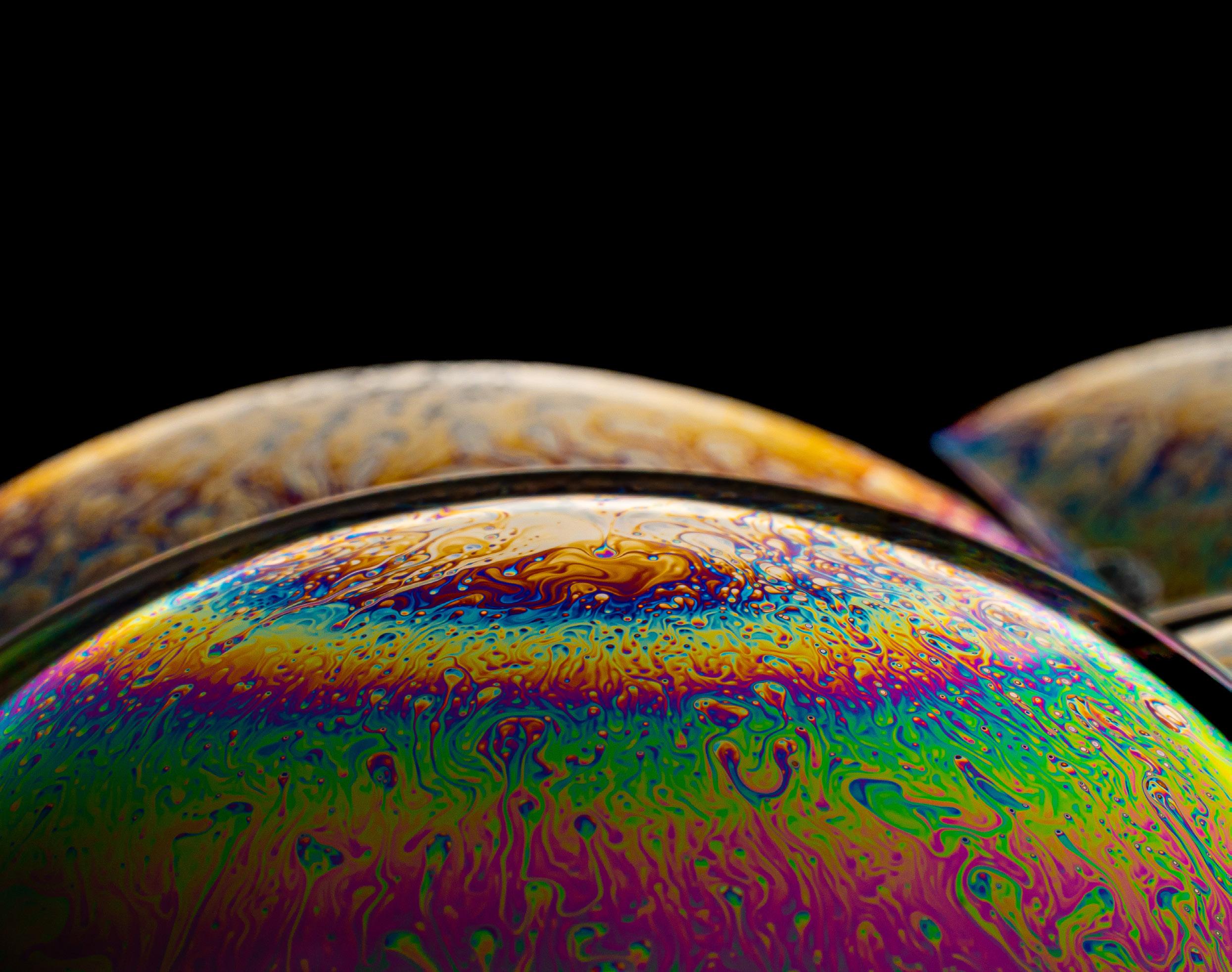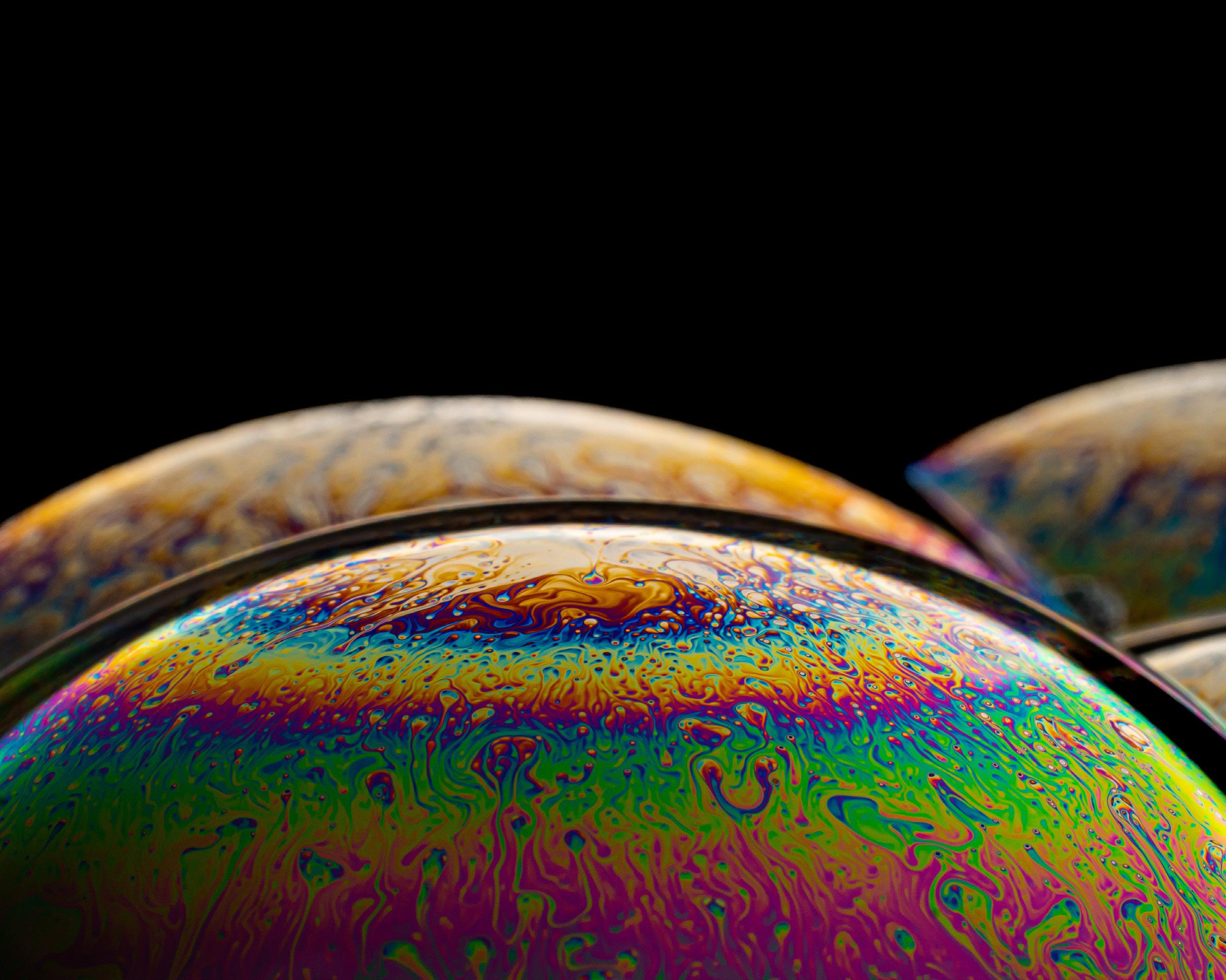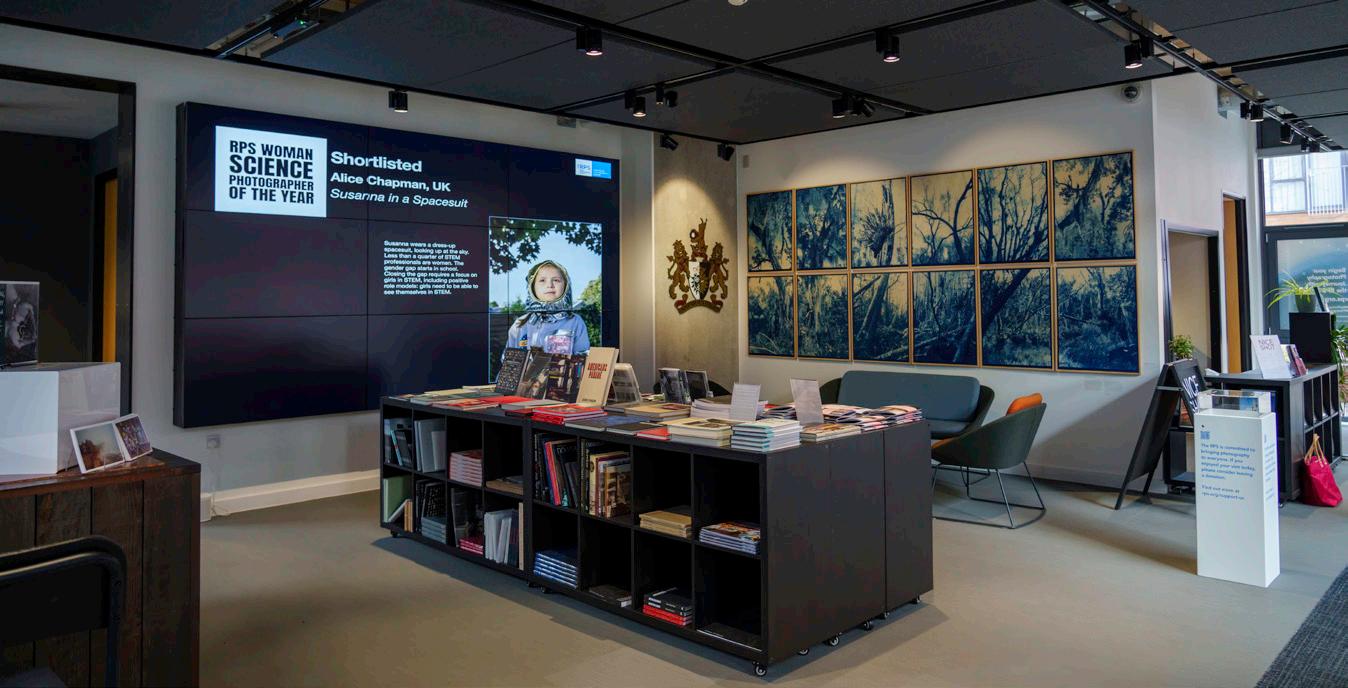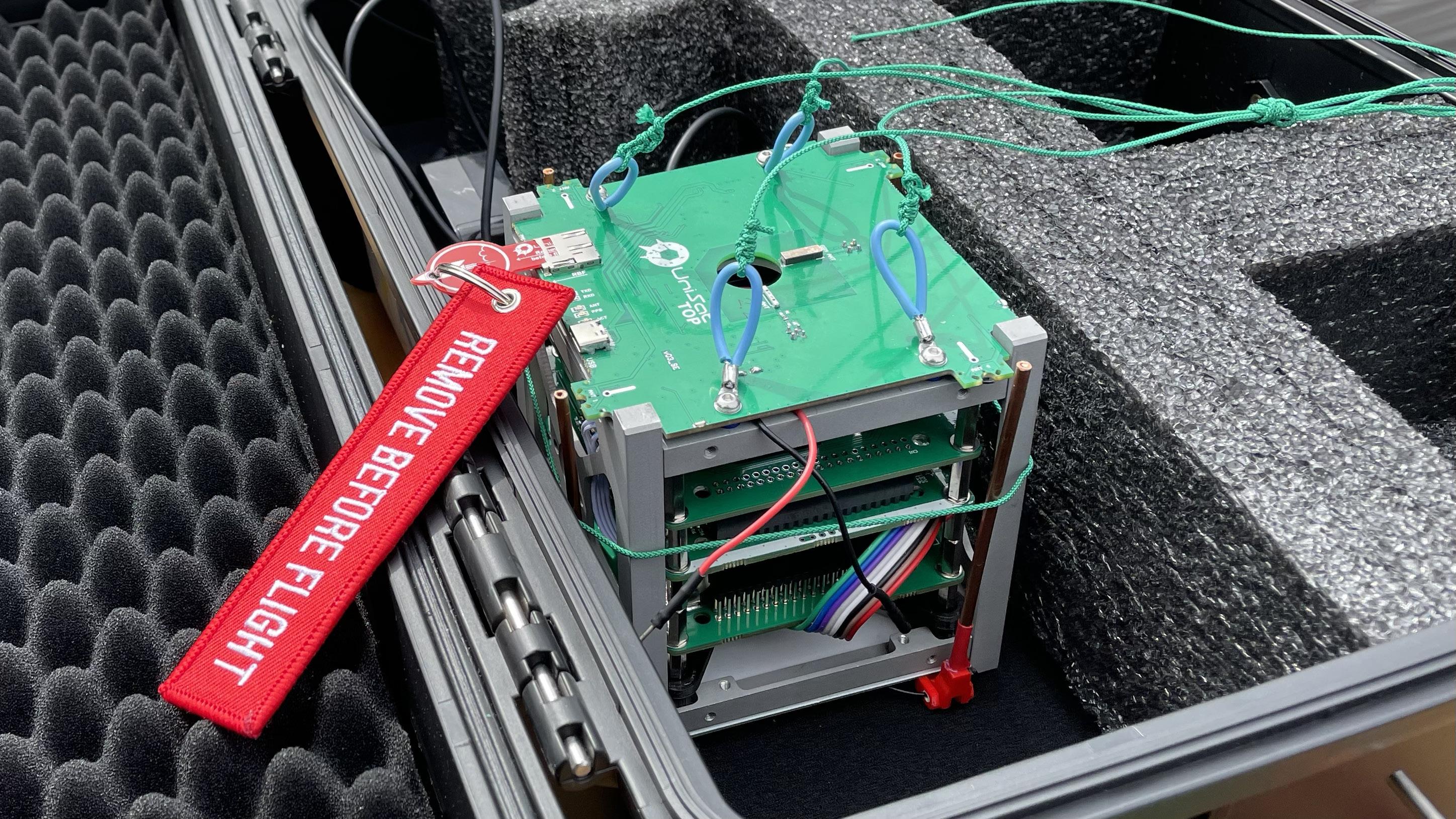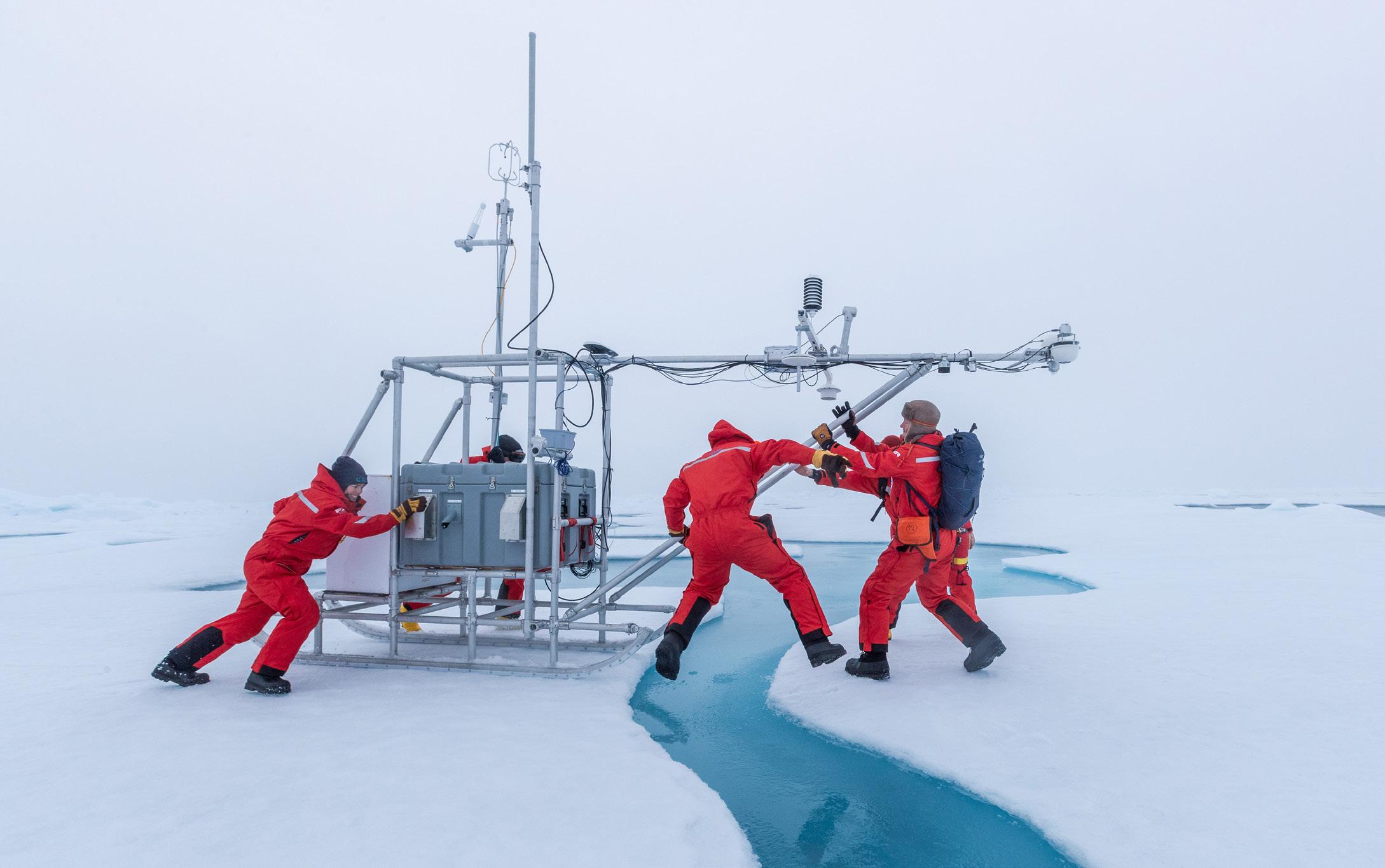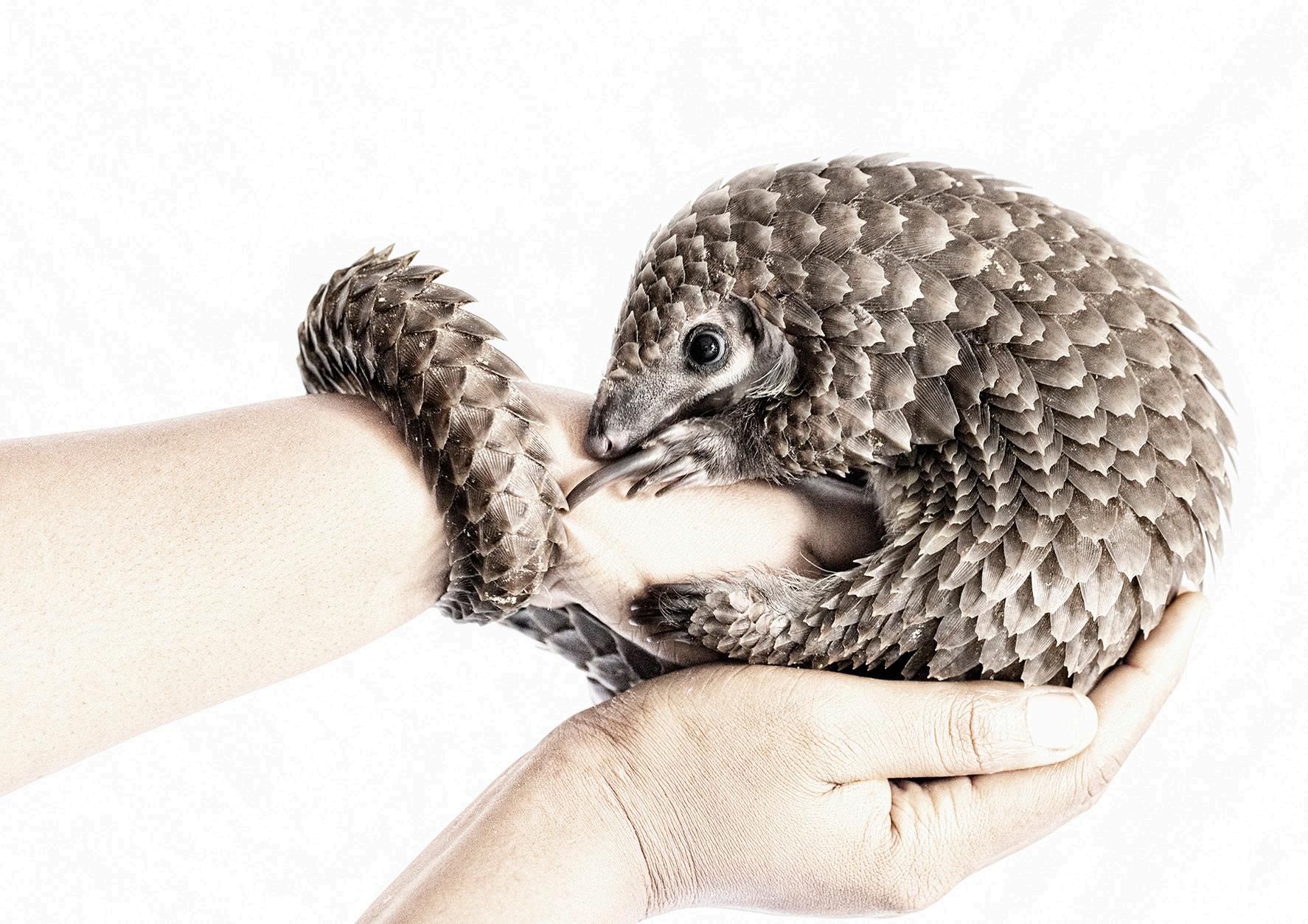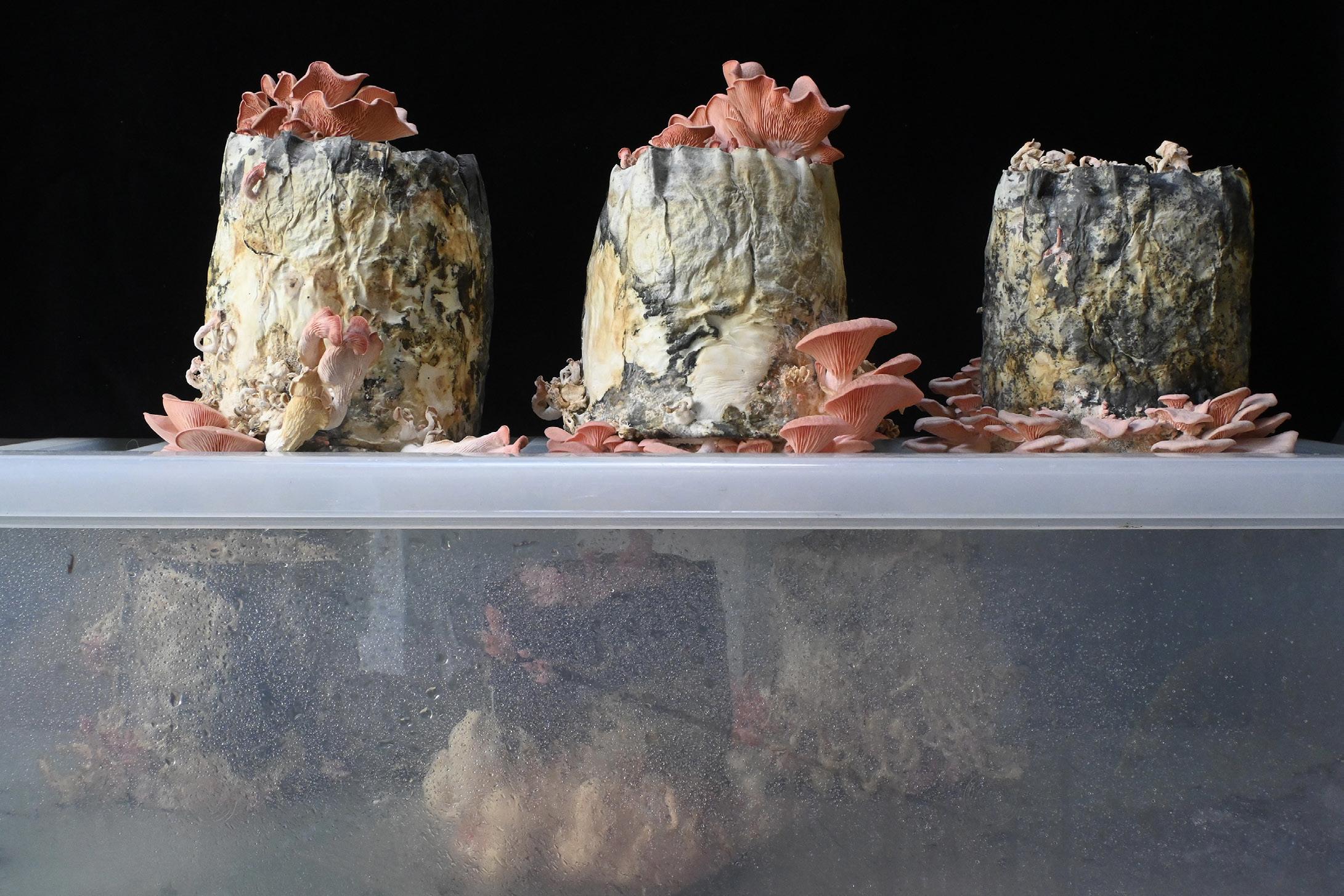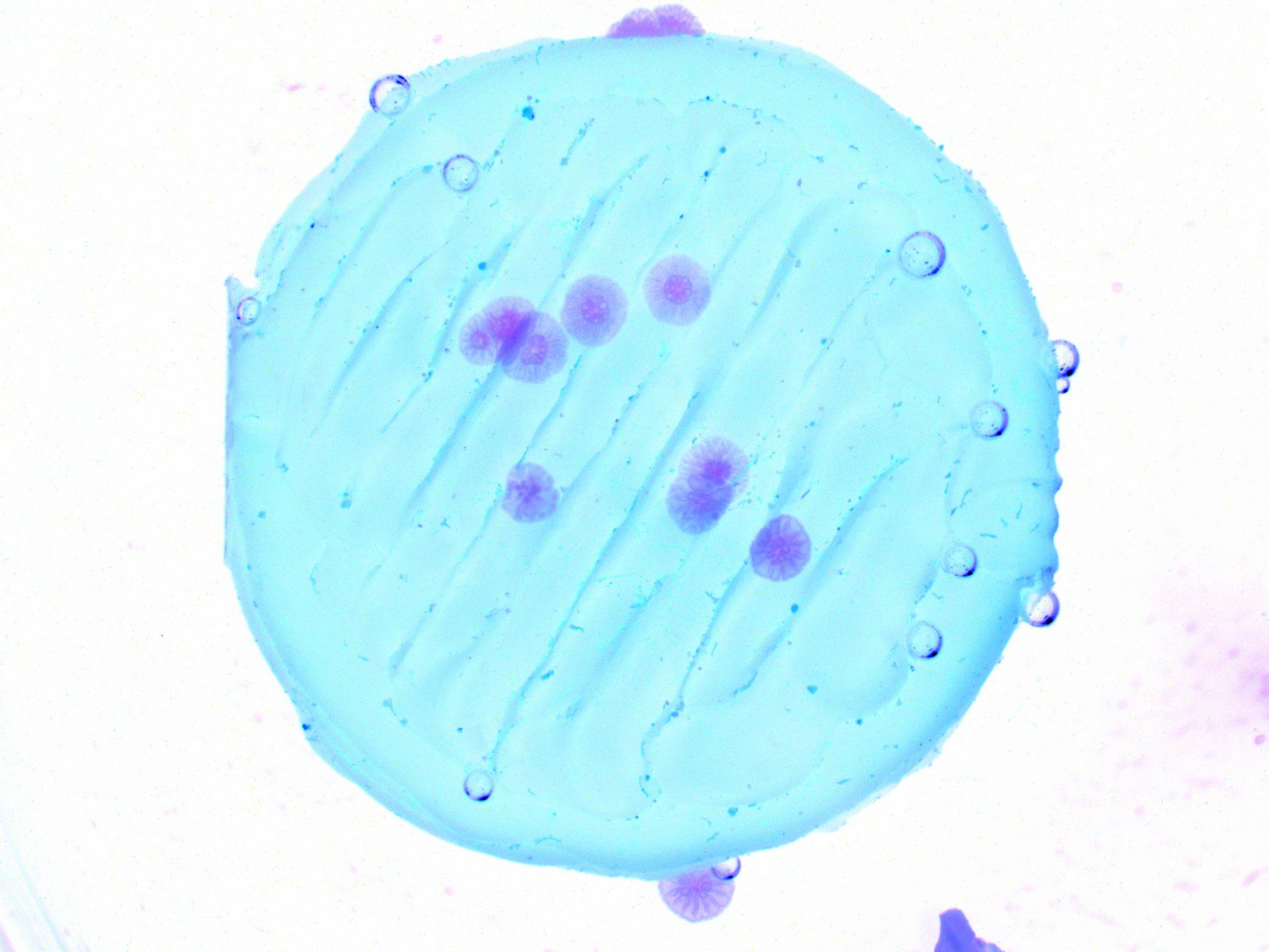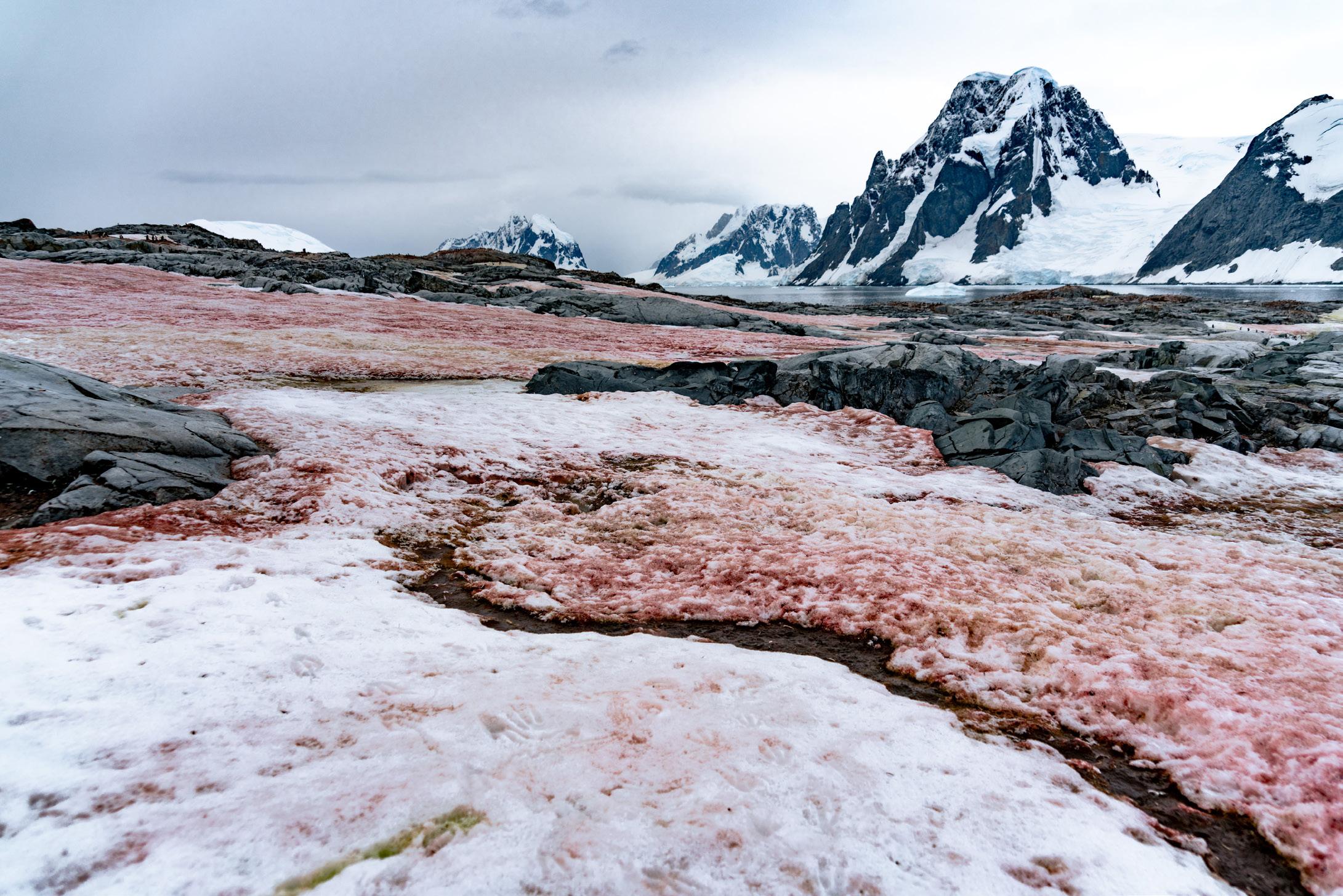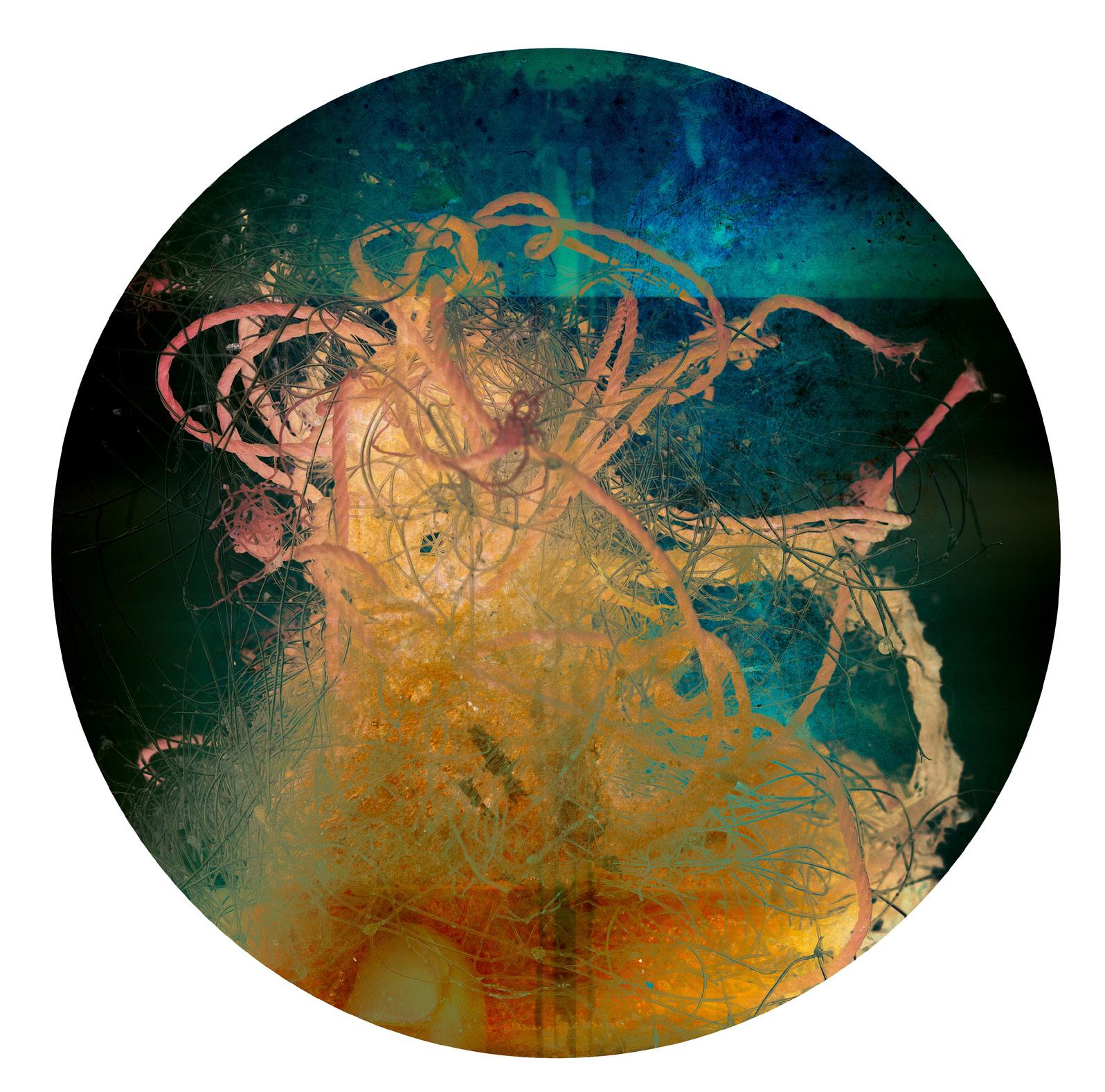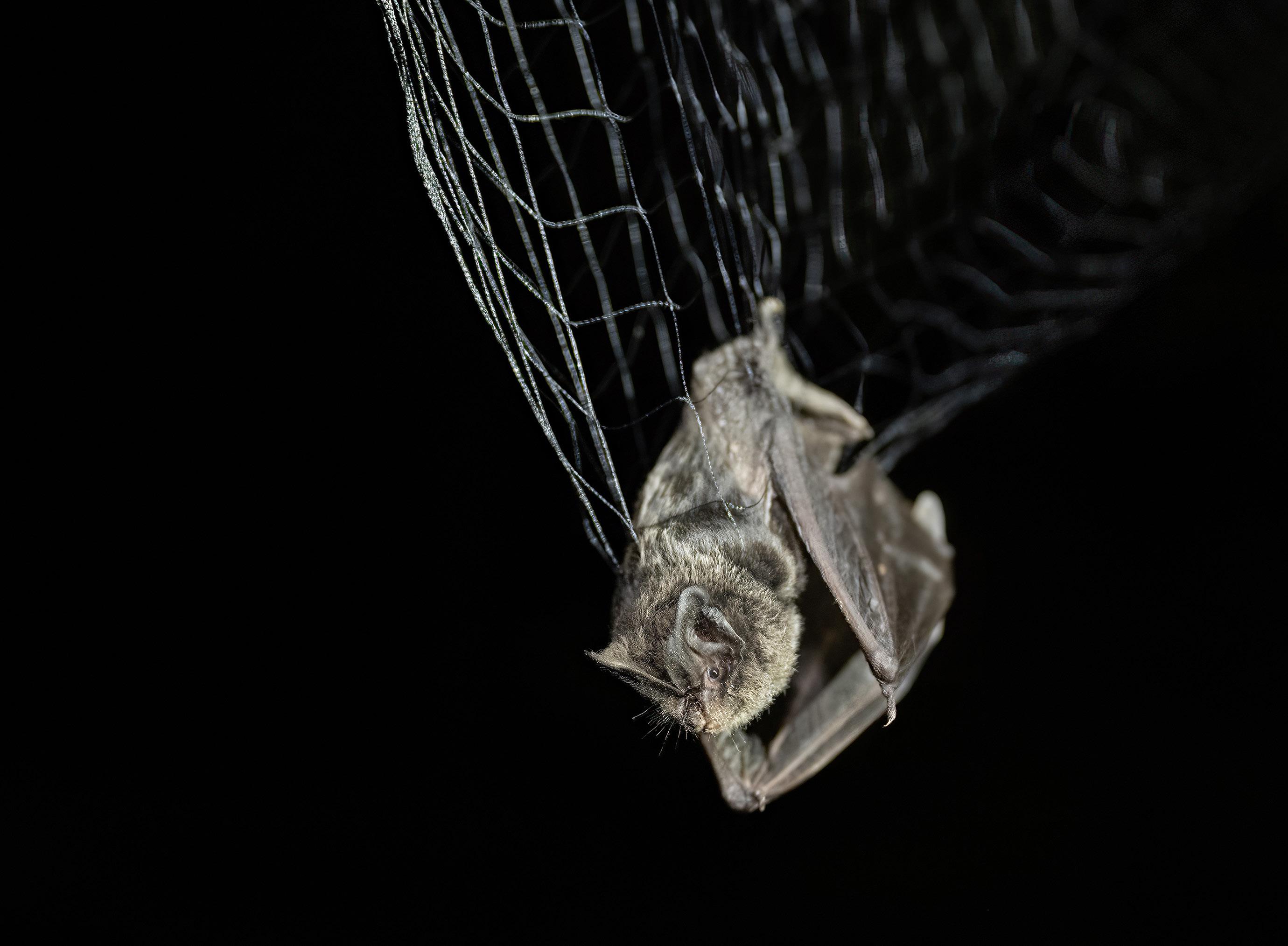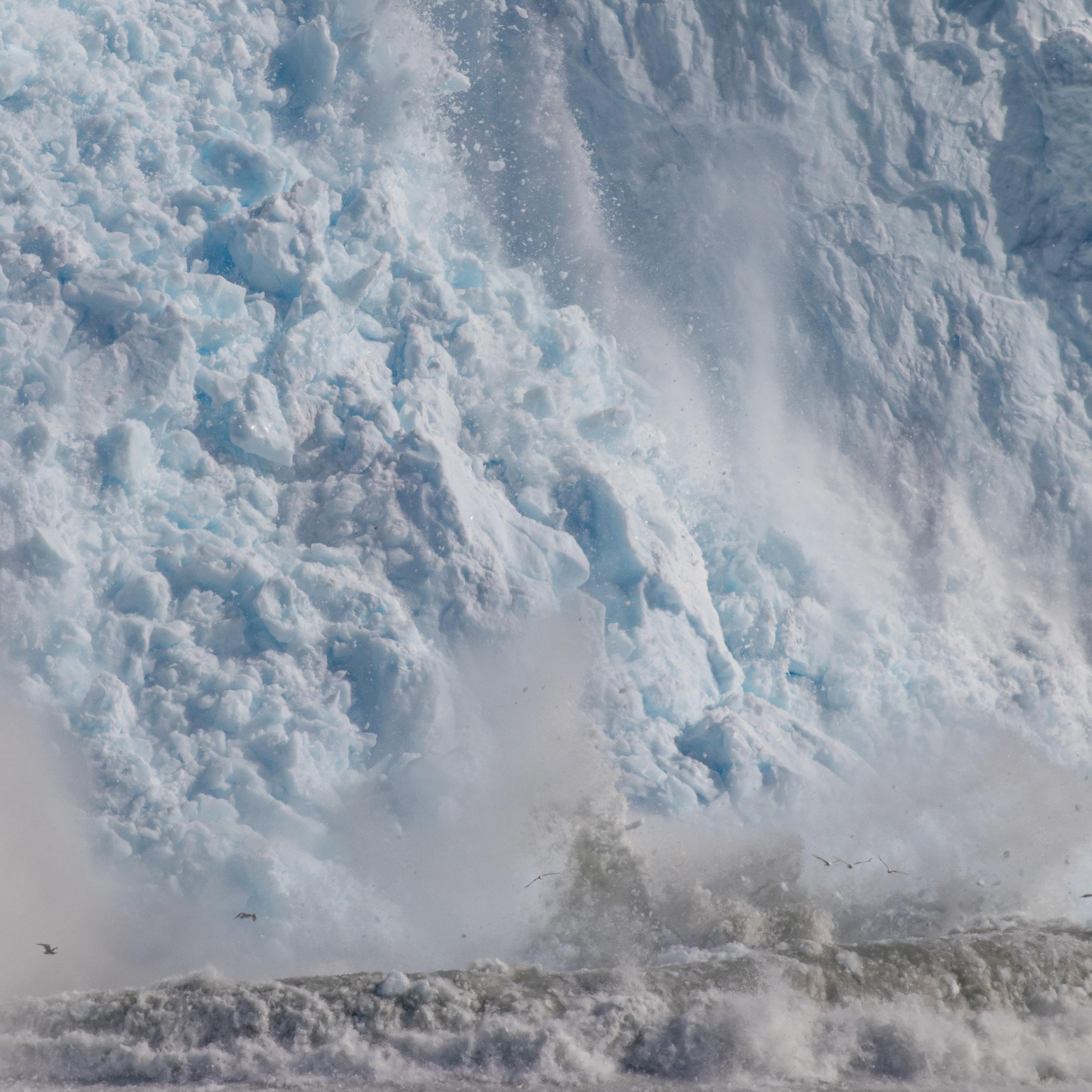The Beauty of Soap Bubbles by Kelly Zhang, USA
The RPS Women in Photography group introduced the competition to celebrate and support the International Day of Women and Girls in Science on 10 February 2023, as initiated by the UN General Assembly.
While some progress has been made to bridge the gender gap, women are still significantly underrepresented at all levels of science and technology. They account for less than half of STEM graduates, are typically given smaller research grants, have shorter and less well-paid careers and are often passed over for promotion. The list goes on and also extends to the field of photography.
With this new annual competition, the RPS aims to shine a light on women in both science and photography. An expert panel reviewed entries received from across the UK and beyond to make a selection for the two categories of over-18s and under-18s. Women and female identifying photographers of all ages and backgrounds were invited to capture the world around them.
With subjects ranging from medical research to marine biology and agriculture, explorations of global food chains or habitats of creepy crawlies, and techniques extending from nature-based cyanotypes to laboratory standard microscope photography, the submitted works illustrate the breadth of talent and skills evident at the intersection of art and science.
Our panel selected 23 finalists from the entries that we received from female photographers around the world and these are displayed in this book. Two winners were chosen from these finalists; Margaret LeJeune has been awarded Woman Science Photographer of the Year, 2023; and, Kelly Zhang has been awarded Young Woman Photographer.
A further 18 images were shortlisted by the panel and featured with our winner and finalists in a digital exhibition that ran from the 10th February, 2023 running until end of March, 2023 at the Royal Photographic Society in Bristol.
Panel featuring shortlist, finalist and winners at RPS House, Bristol © Sue Wright
RPS WOMAN SCIENCE PHOTOGRAPHER OF THE YEAR 2023
Watershed Triptych, Margaret LeJeune, USA
Margaret LeJeune
Watershed Triptych harnesses the light of bioluminescent dinoflagellates to illuminate watershed maps from the United States Geological Survey Hydromap project. These organisms, colloquially known as sea sparkle, are also the same marine life that generates red tide algal blooms. Though sometimes naturally occurring, these harmful blooms have been increasing in numbers over the past 30 years as larger and more powerful storms flood factory farms causing excessive nutrients to spill into the waterways from CAFO overflows. These maps represent the three largest watersheds in the United States and the outflow areas where algal blooms have been recorded.
RUNNER UP
RPS YOUNG WOMAN SCIENCE PHOTOGRAPHER OF THE YEAR 2023, UNDER 18 CATEGORY
Lina Yeleuova
On March 27, more than 150 female participants of the UniSat educational program from Kazakhstan, Kyrgyzstan, and Uzbekistan launched three state-of-the-art nanosatellites into the stratosphere. The nanosatellites, which belong to a class of small spacecraft, are equipped with several cameras, one of which is capable of capturing elliptical images of the Earth in 4K resolution.
I was selected from 2,000 young women who had previously completed the UniSat online course to create and launch nanosatellites. The online course curriculum included processing environmental flight data from nanosatellites during launch, visualizing the data, preparing a mission report, and using the data for scientific and practical purposes.
UniSat is an educational program of the United Nations Children’s Fund (UNICEF) and Kazakh National University named after Al-Farabi. The purpose is to give learning and growth opportunities to women in the field of nanosatellite development. The nanosatellites were created as part of a 10-day marathon at the university.
Nanosatelite by Lina Yeleuova, Kazakhstan
Finalists
Honor Loxton is the site manager and senior farmer at Crate to Plate, London. Highly nutritious greens are grown in ex shipping containers using innovative hydroponics equipment delivering fresh produce right into the heart of the community in Elephant and Castle.
Honor Loxton, Site Manager Senior Farmer - Crate to Plate, London by Joanna Vestey, UK
A photo of the skin of a corn snake (Pantherophis guttatus). It was made using ultraviolet light. It’s a scientific fact that snakeskin glows in ultraviolet light which herpetologists have used to find snakes in the dark since the end of last century.
Portrait Of An Alien by Irina Petrova Adamatzky, UK
Thermal Imaging Varicose Veins by Marie Jones, UK
The medical photographer used her clinical knowledge together with specialist photography skills to demonstrate this patient’s prominent great anterior saphenous varicose vein using cross-lighting photography techniques combined with the thermal image. The composite image was used to support the patient’s case to apply for NHS funding for avulsion surgery.
After weeks searching for the perfect ice floe, the MOSAiC Expedition team puts out tonnes of research equipment onto the sea ice to understand the coupled Central Arctic Climate system and its future. To implement some equipment means facing obstacles, like moving equipment over ridges, difficult terrain, and melt ponds which have melted through the surface of the sea ice to the ocean. A group of scientists push an ASFS flux sled over a lead in the sea ice in hopes to find place it can measure the surface reflectivity of sea ice.
Leap Of Science by Lianna Nixon, USA
Dr. Melinda Webster on the MOSAiC Expedition walks a transect line in the Central Arctic. The data she takes with her instrument helps scientists understand properties of sea ice and compare it to satellite data and global climate models. Kilometers away from the German research icebreaker Polarstern, her foot crashes through a frozen melt pond and careful not to damage her survival suit, she takes measurements that will help us understand the Arctic and its future.
On Thin Ice by Lianna Nixon, USA
The lumber industry is big business. The top three forestry companies in British Columbia had $6.5 billion in income in Q1 of 2022 alone. Trees photosynthesize - taking in carbon dioxide from the air & releasing oxygen. As such, they provide efficient carbon capture solutions, able to counteract increases in CO2 and other pollutants that increasingly impact the global climate. However, in the current economic paradigm, the monetary value of trees is considered higher when they are cut down than when they are standing. As a visual anthropologist, I use photography as a tool to study & document patterns of human behaviour.
The Value Of Trees by Aya Okawa, USA
Rescued white-bellied baby pangolin gets prepared for its morning feed. Taken at Lekki, Lagos, Nigeria at a centre that rescues, rehabilitates and releases pangolins.
Helping Hands by Prelena Soma Owen, South Africa
A honeybee (Apis mellifera) feeds on white clover growing in a “bee lawn” installed on the University of Minnesota campus, St. Paul, Minnesota, USA. Scientists there created a special seed mix that combines clover, self-heal, and creeping thyme flowers with sustainable fescue grass to help support declining bee populations.
The Buzz About Bee Lawns by Anne Readel, USA
Colony 2022 is a sculptural work made from paper and engine oil which has been transformed by the growth of Pink Oyster Mushrooms. The work questions the ability of the ‘grey kingdom’ to convert hydrocarbons into fungal sugars. Land and water cleansed through mycoremediation.
Colony by Jindra Jehu, UK
This is a photo collage created from a cross-section of an extinct Rugose Solitary Coral from Anticosti Island (Québec), Canada. The coral is from the Late Ordovician Mass Extinction on Earth approximately 450 million years ago.
Rugose Coral by Christine Fitzgerald, Canada
I am a PhD candidate working on coral ecology and restoration. In the course of my work, I am looking at recently developed antifouling coatings and their potential use in reef restoration applications. The photo shows coral settlers of the species Acropora tenuis, which were investigated for their settlement competency on 3D-printed polylactic acid discs at the Australian Institute for Marine Science (AIMS) in Townsville, Australia.
Acropora Tenuis Coral Settlers On 3D Printed Polylactic Acid by Lisa Roepke, Germany
Warmer temperatures can create the perfect conditions for the algae Chlamydomonas nivalis to bloom. It darkens the snow which absorbs more heat and accelerates melting, creating a feedback loop.
This image was captured on the Antarctic Peninsula in 2020, in the same week the continent saw multiple record-breaking temperatures.
Chlamydomonas Nivalis Red Pigmented Green Algae Antarctica by Victoria Stokes ARPS, UK
This image depicts robotic-assisted surgery for Deep Brain Stimulation insertion. Using infrared, this robot marks a precise area where surgeons can insert electrodes into the brain, relieving symptoms of Parkinson’s disease.
Robotic Assisted Surgery by Shay Gunstone, UK
Cuspicona simplex commonly called green potato bugs. Bright lime green eggs were studied and photographed over time until eggs hatched and nymphs appeared. Once hatched the nymphs continue to huddle in a group until eventually dispersing individually when safe.
Green Potato Bugs Cuspicona Simplex by Danielle Edwards, Australia
Exploring the subjective nature of vision using colour perception which has both a biological and psychological component.
The human eye can physically perceive millions of colours, but we do not all recognise these colours in the same way. The distribution and density of light-sensitive cone cells in the retina varies across people with “normal vision” causing us all to biologically experience the same colour in slightly different ways.
As well as our individual biological make-up, colour perception is also about how our brain interprets colours to create something meaningful. The perception of colour occurs mainly inside our heads, and so is subjective and prone to personal experience.
Recent research suggests that our gender, age and the language we speak can affect how we distinguish between colours and shades and that individuals do not see the same colours.
Here the medical condition red/green (propantopia-type) colour blindness - a defect or absence of cone cells in the retina that are sensitive to specific colours, - is used to demonstrate colour perception.Colour blindness is an inherited sex-linked condition affecting 1 in 12 men and 1 in 200 women. Someone with protanopia-type colour blindness will see this flower as one colour.
Protanopia Experience by Liz Sherrif, UK
Ghost Fishing Gear From The Sea by Caroline Fraser, UK
Dumped fishing gear, known as ‘ghost gear’, is a major hazard to marine life and is the main component of macroplastics in our seas and oceans. Over 640,000 tonnes are added by the fishing industry every year, the equivalent of 55,000 double-decker buses in weight.
This image has been made by painting soil onto expired photographic paper. The different chemical makeup of the soil interacts differently with the paper. Through this work, I am making connections between the diverse microbial life of the soil and the vastness of space to remind us of the beauty and importance of the soil.
Space And Soil 2 by Holly Sandiford, UK
Caught For Science by Viktoria Pezzei, Germany
A western barbastelle (Barbastella barbastellus) landed in a mist net set up by scientists at the Leibniz Institute for Zoo and Wildlife Research in Berlin, Germany. They investigate the effects of light pollution on light-sensitive bat species by tagging them with a sensor.
At low tide, you can walk on the bed of the River Axe at Axmouth in East Devon. It’s made of iron-rich Triassic mudstones. The red rock is flecked and speckled with pale grey-green circles and blotches. This is where the red oxidised ferric iron (like rust) has been reduced to ferrous iron, which is greenish. Sometimes you can see the nucleus that caused this - probably a piece of organic matter that decayed anaerobically. The ‘target’ is a nice example of this.
Axe Target by Lois Wakeman LRPS, UK
200 of 225 of Greenland’s glaciers are in retreat as a result of human activity. Eqi, seen here calving, symbolises the destruction that this will cause to biodiversity as it contributes to the rise of sea levels. The consequences are as dramatic as the image.
by Janina Stromfield, UK
The Great Big Glacier Melt

